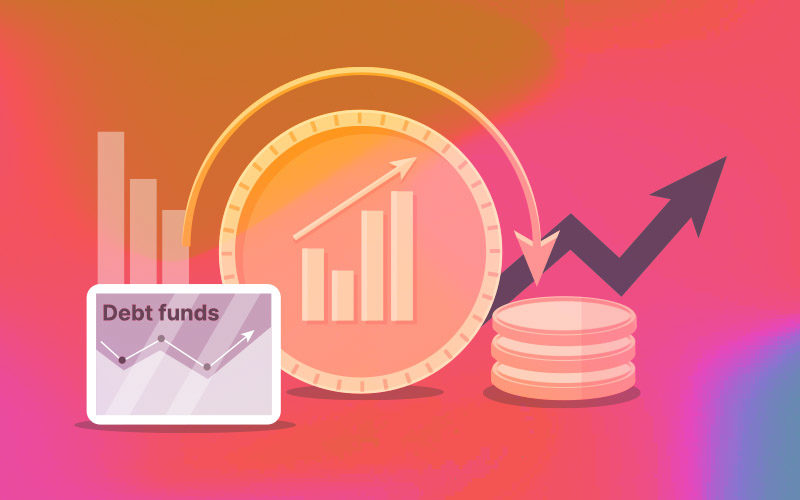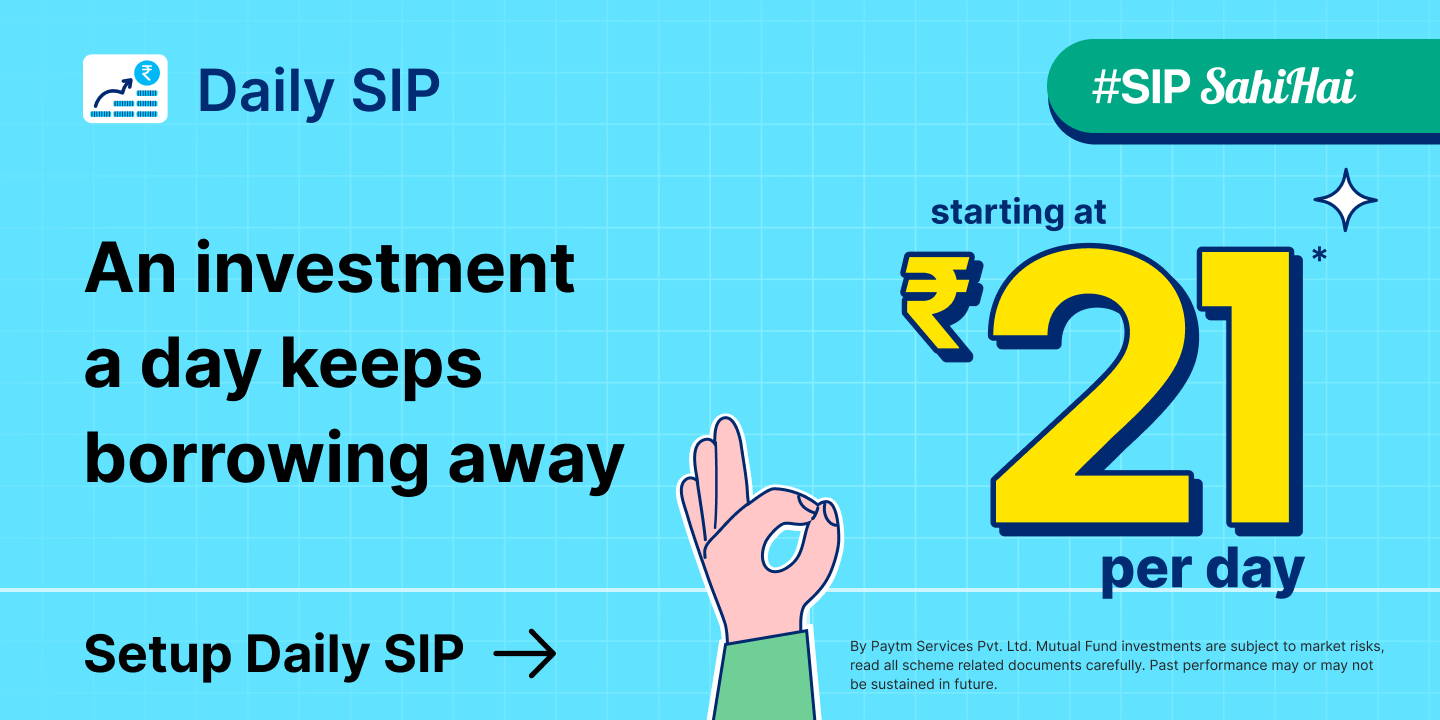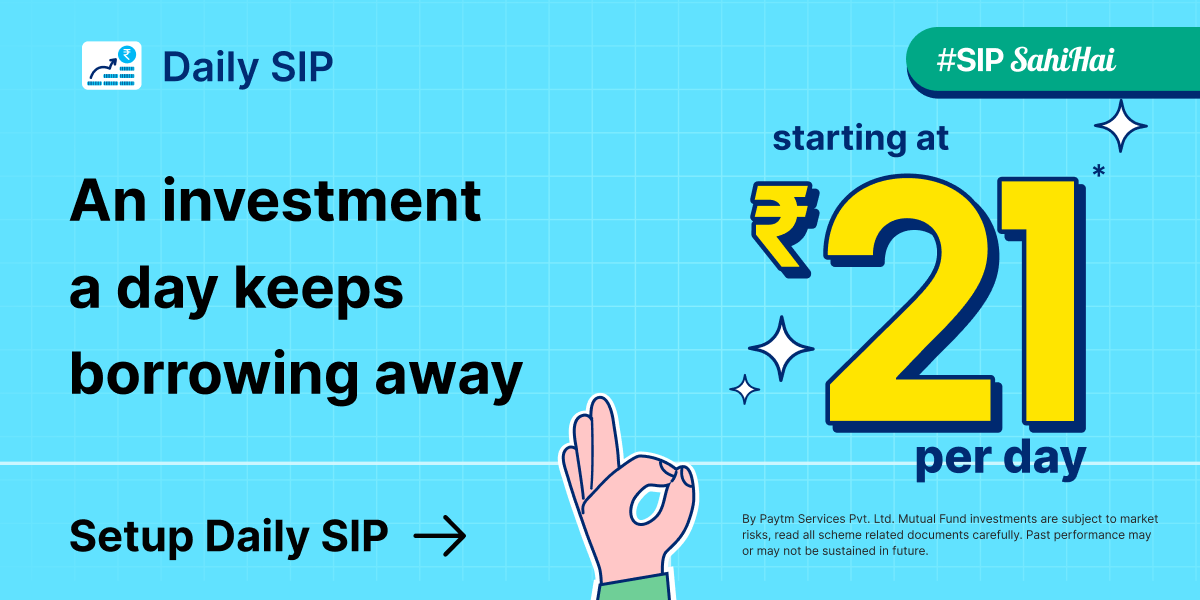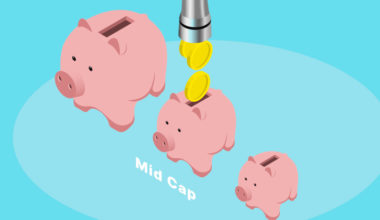Debt Funds are a type of mutual funds that invest a significant portion of the corpus in securitized debt and money market instruments offering capital appreciation. Unlike equity funds, where a major percentage is invested in equities making them highly volatile, debt funds are less risky. They grow in the expected range and provide almost fixed returns. It is suitable for risk-averse investors who can add a dash of debt among equity investments to diversify the portfolio and balance the risks. Let’s discuss what debt funds are, how they work, their types and benefits in detail.
Understanding Debt Funds
Debt Funds are often called Bond Funds or Fixed Income Funds as they invest majorly in bonds, cash assets, and fixed income securities. These debt instruments include debentures, corporate bonds, treasury bills (T-bills), commercial papers, certificates of deposit (CDs), government securities, etc. To understand debt funds, we need to know what debt or bond is and how they function. Here are a few key points:
- It is called debt because the issuers of these instruments borrow money from the lenders against these debt instruments that come with different maturities. Bonds are the agreements between the bondholder/purchaser and the bond issuer in which the former lends a loan to the latter
- Usually, government, public entities, private corporations, or banks issue and release bonds when they need capital
- For instance, if a corporation needs to raise Rs. 1 crore, it may issue bonds of 1,000 bonds of a value of Rs. 10,000 each. Further, the corporation will offer some interest on the bonds for investors to buy for a particular tenure. After the tenure ends, which is on the maturity date, the bond issuer will repay the money along with the interest returns
- Now, these bond papers are also traded in secondary markets, both the bonds listed on the exchanges and the unlisted ones through the brokers
- To draw a comparison, investors own a share in the profit when they buy stocks and they give loans to be repaid with interest when they buy bonds. Bond prices fluctuate less than stock prices
- Now, the retail individual investors may not be able to buy a bond wholly as it is expensive, neither are they available. So, through debt funds, they can invest and partially buy a bond and invest in multiple bonds
- Fund managers collect money from investors and invest it in debt instruments targeting the optimum returns. Then, the cumulative returns earned from various bonds and fixed money market instruments are redistributed among the investors post the deduction of applicable charges
Characteristics of Debt Funds
Debt funds are mutual funds where the fund managers allocate the majority of the assets in multiple debt securities than other asset classes. The definite characteristics of debt funds are:
- Debt Funds invest more than 65% of the corpus in debt and bond securities
- Debt funds generate stable returns because bonds usually have a fixed rate of interest or grow up to a predicted extent. Also, bond prices are less affected by market volatility
- They can generate income periodically or at maturity. Investors can withdraw periodic income through Systematic Withdrawal Plans (SWPs)
- As compared to equity funds debt funds are considered safe due to lesser fluctuation as a result of market trends
- An individual can invest in debt funds for a longer as well as shorter tenure i.e. 6 months- 3 years.
- Debt funds are a good alternative to savings accounts or term deposits as they offer 1% to 2% or even more interest returns
- Debt funds perform better when bank interest rates are low/falling because investors would opt for funds than bank deposits
- Although safer than equities, they are not entirely risk-free. They come with their own set of risks like credit risk, interest rate risk, and liquidity risks
When there is a financial crisis in the company/corporation of which the debt funds are bought, it may default. This gives rise to the credit risk as it can cause the failure of repayment of the debt money as well as the interest returns. A negative change in interest rates can lower the returns causing interest risk and when the bonds are not frequently traded, it impacts the liquidity. With liquidity risk, one may sell the bonds under unfavorable circumstances bearing a loss.
How do Debt Funds Work?
Fund managers carefully pick up the bond instruments; they invest the money in them to obtain maximum possible returns with calculated risks. Some of the important aspects are”
- There are rating agencies all over the world that rate the credit of the bond and debt securities. The credit ratings define the credibility of these instruments and how likely the issuers are to repay the principal and the interest. In India, CRISIL, ICRA, Brickwork, etc. do the ratings. Both the rated and unrated bonds are traded, but fund managers do check out the ratings of all and take very tactical calls. The ratings can range from AAA to D and the ratings go up like A, AA, and AAA. An additional sign of plus and minus determines its risk factor like A+ means it’s safer than A and A- indicates it is more likely to default than A
- Debt fund investors should also check the fund’s portfolio to know the credit quality of the papers. If 90% of the fund’s corpus is exposed to AAA or AA quality, then it is a good opportunity. However, sometimes fund managers invest about 40-50% of the corpus in A-rated bond papers and invest 50-60% in underlying debt papers to withdraw more returns. Such bonds may rise with time if they have the potential to. Experts also seek to over diversify the debt funds because it reduces the concentration risks
Types of Debt Funds
Debt Funds can basically be classified as per the maturity period and to some extent as per the investment strategy. Some are long-term debt funds whereas some are medium-term and short-term. Unlike equity funds where returns are more stable in the long term than short-term, debt funds have lesser chances of fluctuations in the short term. Also, debt funds can have different investment approaches, varying from the type of debt security to which the majority of fund assets are allocated.
The maturity period of different debt funds can vary from 1 day to 7 years. It is often determined according to the Macaulay duration which is the weighted average of the time to receive the cash flows from the bond to repay all the investors. It is the average number of years for which the bonds must be held so that the cash flows received can equal the current market price. Types of debt funds as per the maturity periods are as follows:
1. Long Duration Debt Fund
Long-term funds have the longest maturity period among debt funds and are also riskier than other debt funds. As per the SEBI mandate, the money invested in debt securities should have a Macaulay duration of more than 7 years. The Macaulay Duration is considered as a weighted average term to maturity of the cash flows from a bond. They usually invest in government and corporate bonds with longer residual maturity periods and can offer more returns than a medium-duration fund when rates are falling. If you wish to stay invested for a long and can bear short-term volatility, then you may invest in this fund.
2. Medium to Long Duration Funds
Medium to long-duration funds invests in such debt instruments that have an average maturity duration of 4 to 7 years. These funds are also more sensitive to interest rate changes but can offer higher returns than low or medium-duration funds. So you can invest in these funds if you want to earn more returns than term deposits of similar tenure through fund interest earnings.
3. Medium Duration Fund
Medium duration fund invests in debt and money market instruments of quality companies that have the Macaulay duration of about 3-4 years. It is suitable to invest when interest rates are stable or going down. They are also tax-efficient as they have a maturity period of 3-4 years and come with indexation benefits.
4. Short Duration Fund
Fund managers of a short duration fund usually allocate the fund corpus to quality assets and underlying instruments of which the holding period is less than 3 years. They are flexible as they provide liquidity, have tax benefits, and give safe and stable returns. So, park your surplus money here to get capital gains and better rates than bank deposits.
5. Low Duration Fund
In this fund, the managers invest the money in fixed income instruments or purchase bonds that can mature in 6 to 12 months. They are safe and can give stable returns if there is no sudden change in interest rates or any credit risk in the company. They still offer more liquidity and are less volatile than long, medium, and short-duration funds. It is good to invest in such funds to accumulate a little corpus with interest gains on the principal amount for short-term goals such as vacation. Thus, these funds can generate good returns at moderate risks.
6. Ultra Short Duration Fund
Ultra-short duration funds invest in fixed income securities that can mature and yield returns within the period of 3 to 6 months. They are one of the lowest risk categories among debt funds owing to their shorter maturity duration. They are also highly liquid and can facilitate better returns. Investors can also tap the opportunity to make the most of the fluctuating rates in falling interest rate scenarios.
7. Liquid Funds
As the name suggests, these funds offer the most liquidity and are least influenced by interest rate movements because of their low maturity period. It invests in debt instruments that can have an average maturity of 91 days which makes them less vulnerable as rates are less likely to fluctuate. They are a good alternative for short-term savings than fixed deposits as they can give higher returns.
8. Overnight Funds
As the name suggests, the maturity period of overnight funds is 1 day. There can be hardly any interest rate change in a day or change in the economic and financial conditions of the corporations and businesses. Therefore, it has negligible credit risk and interest risk. Fund managers manage the portfolio in such a way that securities mature every single day and they buy new securities the next day. They offer the least returns and the lowest risk.
9. Money Market Fund
As the term indicates, money market funds invest in short-term money market instruments that have a maximum maturity of 1 year. For example, they invest in negotiable certificates of deposit, treasury bills, commercial papers, repurchase agreements, cash, and cash equivalents. They are good for short-term cash needs along with a diversified portfolio and low risk.
10. Dynamic Bond Fund
Dynamic bond funds are dynamic when it comes to the average maturity periods of the debt instruments in which they invest their corpus. These funds invest in debt securities of varying maturities and compositions to obtain optimum returns. They alter corpus allocations among long, medium, and short-term bonds to make the best out of rising and falling interest rate situations. Fund managers dynamically invest in debt holdings to tap the opportunities of rate cycles. It is good for investors with 3-5 years of investment horizon and moderate risk tolerance.
11. Corporate Fund
Corporate funds are usually the bonds that are issued by the government, corporations, and businesses to create working capital in case of a shortage of funds. Corporate funds allocate 80% of the funds to such bonds and have maturity ranging from 1 year to 4 years. They give high returns as they also carry high credit risk but fund managers invest in A-rated bonds that are unlikely to default. Government bonds are more stable and less risky than private corporate bonds.
12. Banking and PSU Funds
Banking and PSU funds invest majorly in debt instruments of banks and public sector units (PSUs). They are comparatively safer as they have superior credit quality and are government-backed. This reduces the credit risk where chances of default are low and hence, investors with a low-risk appetite can invest in this. It is good to stay invested between 1 to 3 years at least in this fund to get desirable returns.
13. Gilt Funds
As per the SEBI norms, gilt funds can be those debt funds that invest 80% of the fund assets in government bonds and securities. Gilt funds can invest in government securities of varying maturities or a fixed maturity of 10 years. They are called ‘gilt funds’ as the term ‘gilt’ is derived from ‘golden edges’ as earlier government bonds were issued in golden edge certificates. As they are government bonds, they are said to have zero credit risk unless there is a sovereign failure.
14. Credit Risk Fund
Credit risk funds are the debt funds that have high credit risk as they invest 65% of the corpus to low rate bonds or the ones that are rated below the highest quality. However, they have the potential to yield high returns and have a track record of giving about 3% higher returns than other debt funds. These funds are ideal for 3-5 years of investment because they can be risky in the short term. These funds give high returns to investors because they compromise to invest their money in low credit-rated bonds where there is an increased possibility of default.
15. Floater Funds
Generally, bonds have fixed interest rates or coupons and hence, are often called fixed income instruments. However, if the interest rate is not consistent but changes as per the market conditions in comparison to its benchmark bonds. As the rates of these bonds are variable, they are called floater bonds. Floater funds allocate a minimum of 65% of investible corpus to such bonds and debt instruments. They are usually short-term and are low-risk investments but have unpredictable returns.
Taxation
The taxation of debt funds depends on whether it is for the long-term or short-term. Long-term capital gains (LTCG) are when you hold the units of a debt fund for a period longer than 3 years. It is taxed at 20% with indexation benefits and 10% without indexation.
Indexation is an efficient way to reflect the effect of inflation on your investment returns and capital gains. With inflation, there is going to be a rise in the cost of products and services. Even with an increase in our capital, we may be able to purchase lesser items in the future. So, with indexation, you can adjust the purchase price of the investment. A higher purchase price means lower capital gains and lesser tax. This is what makes it tax-efficient and a better option than bank fixed deposits.
The short-term capital gains (STCG) are added to the yearly income and tax is calculated as per the tax slab in which you fall. Also, the above two cases are for both, the growth plans as well as dividend plans, the only difference is that dividend is given periodically. Dividend plans lower the capital gains but is not taxed. However, there is an applicable Dividend Distribution Tax (DDT) deducted right at the source before distribution to inventors. DDT currently is at 28.325%.
Also Read: Taxation of Mutual Funds
Wrapping it up:
Debt mutual funds that invest a greater corpus in debt securities than equities make it apt for investors who choose a low-risk-return profile rather than a high-risk-return fund. It is suitable for especially first-time investors, investors seeking monthly income, or those who want better returns than bank deposits. Also, having a part of investments in debt funds is good to counterbalance the risk factor associated with equity funds. Short-term debt funds are good for building emergency funds where you can put in your surplus money. They say 3-6 months’ income should be kept as an emergency fund. However, investors should chalk out their investment goals and time horizon before investing in any fund. They can opt for any of the plethoras of debt funds to match their objectives.










